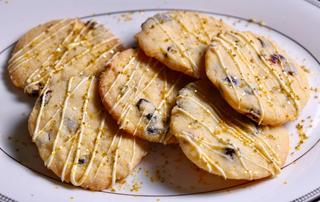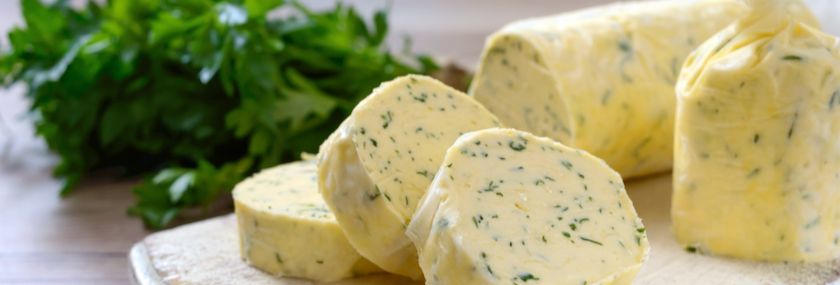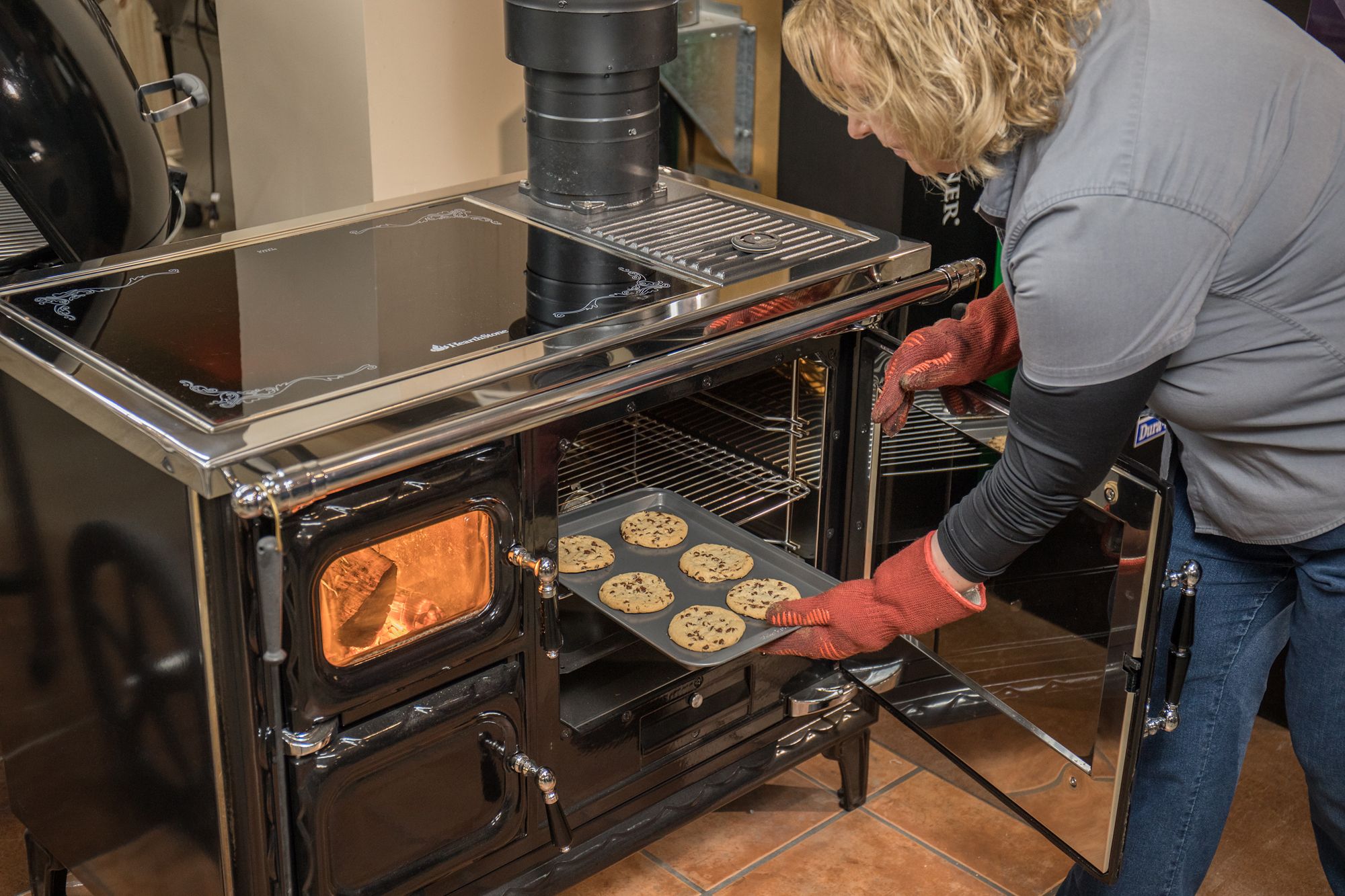Reaping What You Sow
What Are the Best Preservation Methods?
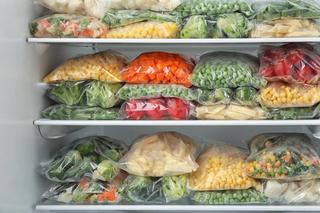

As Summer slips away, the crisp mornings and changing leaves of fall means one thing to every country farmer — harvest season. Which also means it’s finally time to preserve your goodies for the long winter. The only question remaining is how?
Luckily, our ancestors have passed down tried and true methods to help keep every morsel, bushel and berry at peak ripeness for as long as possible.
Here are some of the best solutions.
Freezing

Pros:
- Helps retain your food’s normal texture.
- Is a versatile preservation method for recipes.
Cons:
- Works best for those with extra freezer space.
- A power outage could cause you to lose your entire harvest.
For best results, it’s recommended to wash, blanch and cool your fresh produce before freezing. This helps kill any microorganisms that can sneak in and spoil your food. Afterward, vacuum-seal your produce or store it in an air-tight container to retain peak freshness.
Want to learn more about blanching? The University of Minnesota Extension has some great tips on the delicate process.
Canning
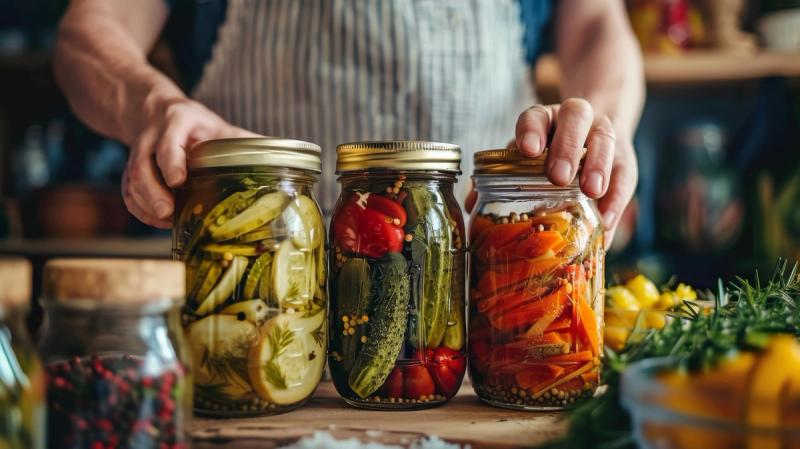
Pros:
- There is no freezer space required.
- It lasts for at least a year if it’s canned properly and is stored in a cool area with low light.
Cons:
- Labor-intensive.
- Changes the texture of your produce.
There are two types of canning methods: using a water bath or a pressure canner. Knowing how each technique works is vital regarding canning safety — if the food you’re canning is low in acidity, you must use pressure to kill harmful microorganisms.
Sterilization, jar quality and even location elevation can be factors in the canning process as well, so it’s important to know the ins and outs of this method before you start. The National Center for Home Food Preservation (NCHFP) is a great resource. Here is NCHFP’s link to proper canning processes.
Utilizing Your Root Cellar
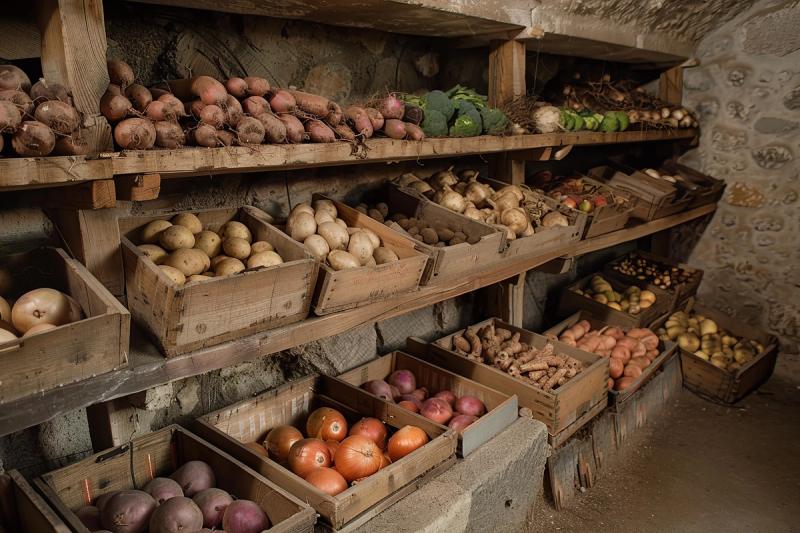
Pros:
- Root cellar storage is one of the easiest ways to preserve large quantities of produce.
- This method doesn’t alter your produce in any way.
Cons:
- Requires a sizeable chunk of space depending on the size of your harvest.
- Creating the perfect environment in your root cellar for optimal preservation can be tricky.
Do you already have a root cellar or basement? Congratulations! Your home has a built-in preservation system. Just ensure it stays dark and has adequate ventilation.
Have neither? Fear not, there are many easy do-it-yourself (DIY) options. Unfortunately, this may mean you’ll have to dig.
You can use a variety of containers for a DIY root cellar, such as:
- shipping containers
- metal trash cans
- old freezers or refrigerators
- buckets
After you acquire your container of choice, simply drill holes in it for ventilation, dig out your space and plant the container in the ground. Bam! Instant root cellar.
Lining the container with insulation, such as hay, also helps protect your produce from getting too cold in frigid temps.
Fermentation
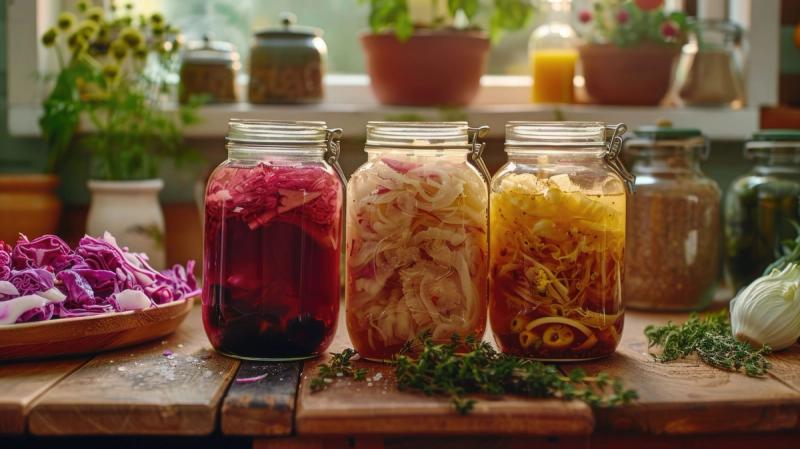
Pros:
- There may be health benefits to eating fermented food.
- Fermenting adds a unique flavor to your fruits and veggies.
Cons:
- Fermentation requires precise measurements. Altering the recipes can result in bad taste or even illness.
- The pungent nature of fermented foods can be an acquired taste.
Fermentation makes microorganisms work in your favor — when they grow in environments with no oxygen, it causes chemical reactions that preserve your food. It also creates a rich, umami flavor. Some studies have also shown consuming fermented food has surprising health benefits.
Want to give fermentation a try, but don’t know where to start? The National Center for Home Food Processing and Preservation has a great pickle recipe! They also provide general info on the process.
Curing
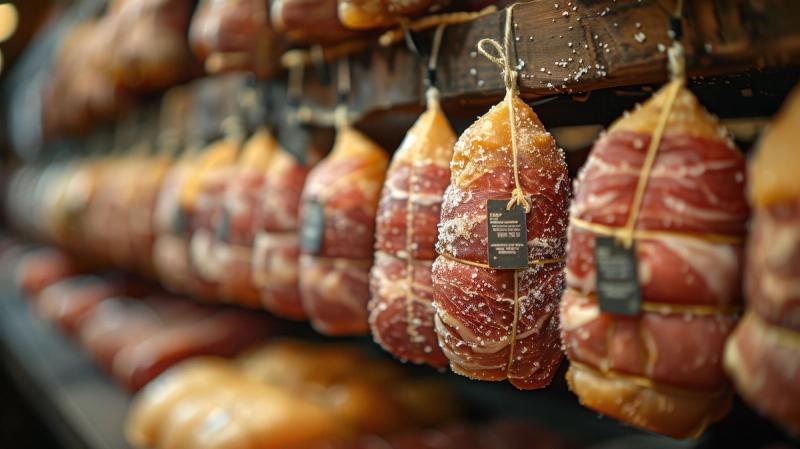
Pros:
- Cured meals are convenient for those who spend time outdoors.
- There are a variety of ways to cure your food.
Cons:
- Processed meats may introduce more harmful carcinogens into your diet.
- Certain curing methods may not kill all the bacteria needed to prevent spoilage, so it’s important to do your research so your product doesn’t go to waste.
Curing preserves your food by drying out the meat or produce and killing those pesky microorganisms.
There are a variety of curing methods, including:
- Salting
- Smoking
- Sugar curing
- Freeze drying
Many of these methods add mouth-watering flavors that can’t be beat. Freeze-drying your food also makes it portable, since it requires no refrigeration.
The end of the growing season is always bittersweet but knowing the ins and outs of preservation can help you enjoy your bounty all year long.
Tags:Hearth & Home

Acreage Life is part of the Catalyst Communications Network publication family.










